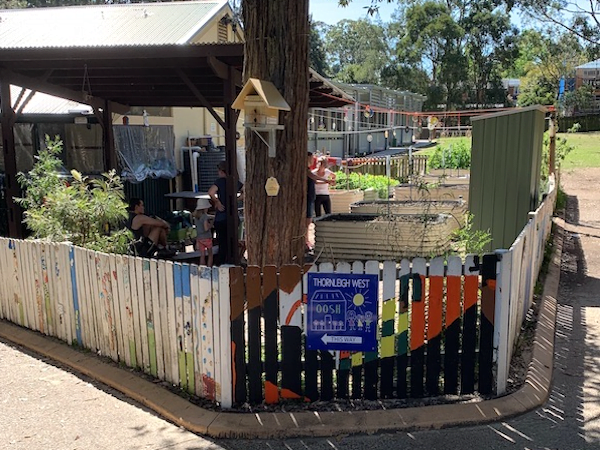Posted on: 8 February 2020 by Ian Collins
The perfect companions? In this month’s blog, we will look at why wicking beds are ideal for school veggie gardens and Early Learning Centres and how they are different from traditional raised garden beds?
One of the biggest questions for me when it comes to these gardens is ‘what happens during the term and holiday breaks’? Who waters the garden, and particularly now, how will we manage them with the stricter water restrictions that are being imposed?
 In Australia, these gardens need regular watering and often there is no one to look after them on a regular basis during weekends and longer holiday breaks. Quite often it becomes a case of ‘back to school’ equals ‘time to replant’ and all the great work of teachers and students during the previous months is lost.
In Australia, these gardens need regular watering and often there is no one to look after them on a regular basis during weekends and longer holiday breaks. Quite often it becomes a case of ‘back to school’ equals ‘time to replant’ and all the great work of teachers and students during the previous months is lost.
The great thing about wicking beds, and particularly WaterUps® beds, is that they largely can look after themselves for weeks. My beds in Sydney easily last quite a few weeks in summer without needing to have water added. Most January’s I go away with my family for a month and I am always delighted to see the wicking beds still looking great when I return. I simply fill the water reservoir, and even with little or no rain, the wicking bed is self sufficient water-wise for an extended period.
Those who have been regular readers of my blogs, will recall my references to Prof Julius Sumner Miller and his television show in the 1960’s - “Why is it so?”
Why Wicking Beds?
Well, the reason why a wicking bed can survive unattended for extended periods even in summer, when a non-wicking bed can’t, is due to the wicking bed’s water storage reservoir. Non-wicking beds require regular watering, sometimes twice a day in summer. Even when regular watering is possible on timed systems using spray or drip irrigation
Capillary Action
In a wicking bed, provided that the water reservoir is not completely empty, the moisture level in the soil will remains reasonably constant. In much the same way as water in a plant pot “sucks” water from a saucer of water, the wicks in the WaterUps® cells allow the water from the reservoir below to move up through the perlite in the wicks and the soil by a process called “capillary action”. This involves 3 forces:-
Adhesion - the attraction of 2 dissimilar molecules
Cohesion - the mutual attraction of similar water molecules, and
Surface Tension
 There are a large range of experiments available on-line that can be shared with students of all ages to help explain and demonstrate how this works and it’s a fun and interesting way to encourage them to learn about “how things grow”.
There are a large range of experiments available on-line that can be shared with students of all ages to help explain and demonstrate how this works and it’s a fun and interesting way to encourage them to learn about “how things grow”.
As well as water, soil is an important part of the food and plant growing process and it’s great to see the increasing focus of “War on Waste” translating into a greater interest in food and garden waste management and composting, rather than letting all of our food waste simply end up in landfill.
By including worm farms, composting and similar facilities for students to learn about and manage, it is a great way to link sustainability to their education and lifestyle choices. In Sydney, organisations like the Eco House & Garden at Kimbriki and Pocket City Farms in the inner city provide great workshops in composting, worm farming, organic veggie gardening, native bees and in building wicking beds.
As proud members of the Australian Association for Environmental Education, we are very keen to assist educators with product, support and resources in this area.
Our Eco Garden kits, which include the Oasis garden bed, a worm farm and a range of educational material for students of all ages are a great way to install wicking bed gardens and embed sustainability into your centre, school and curriculum – for more details contact us at info@waterups.com.au







